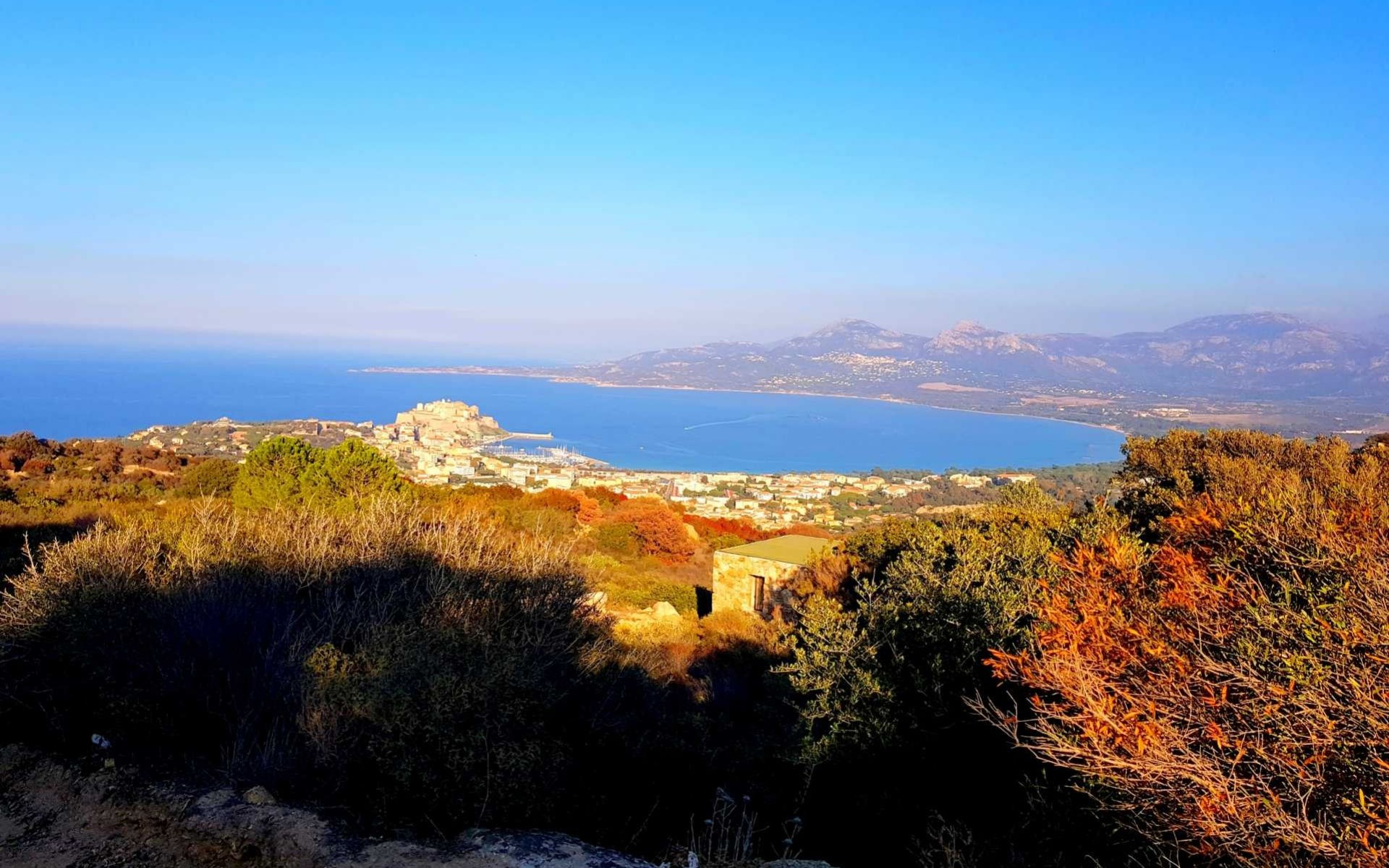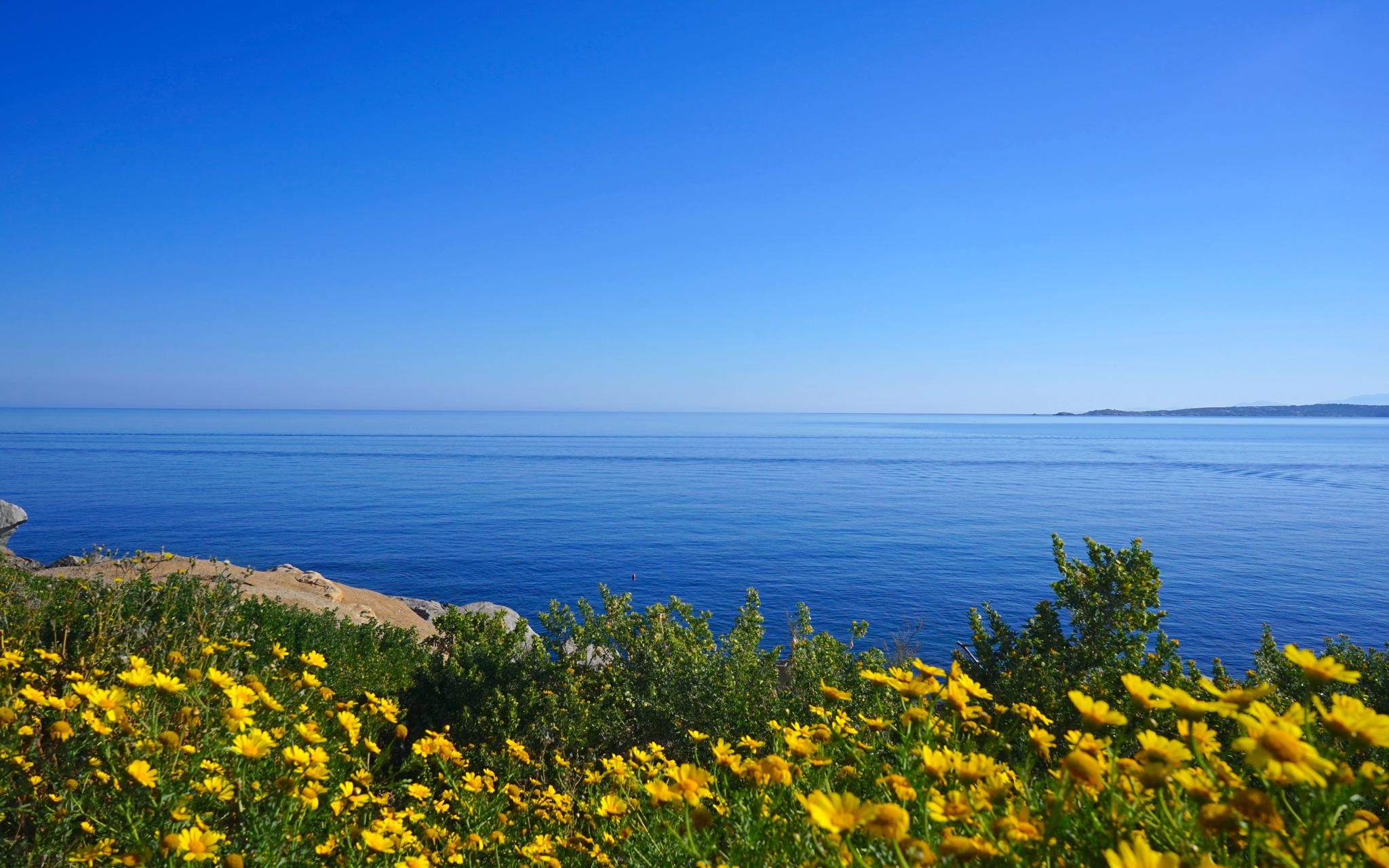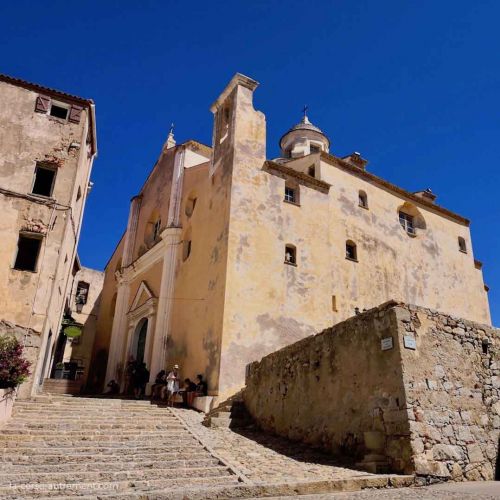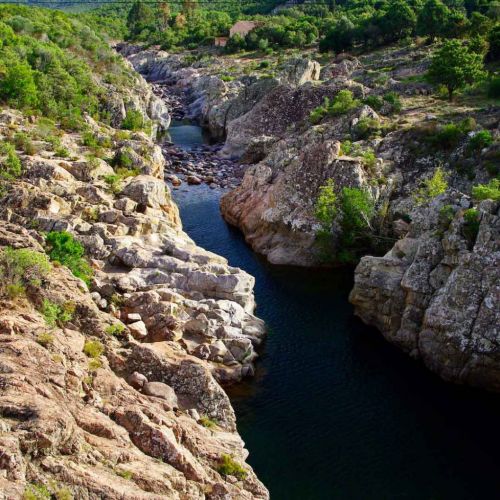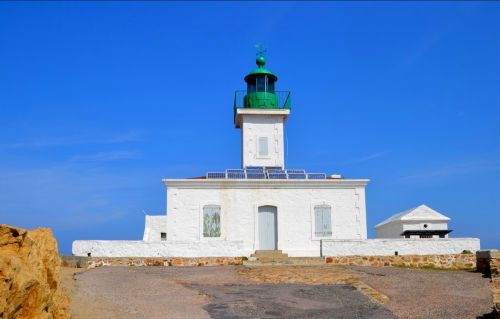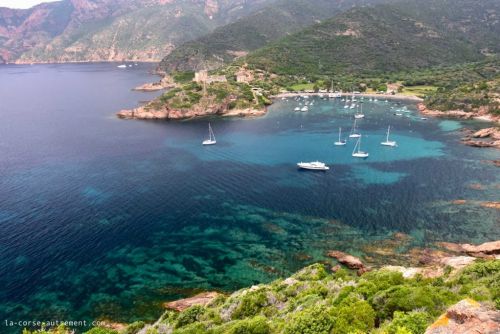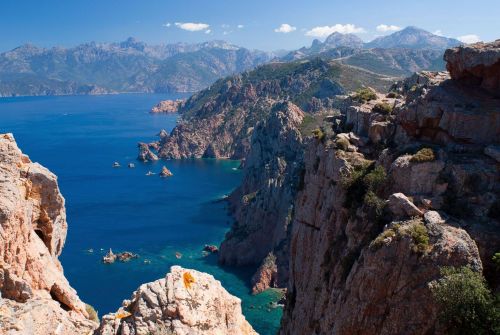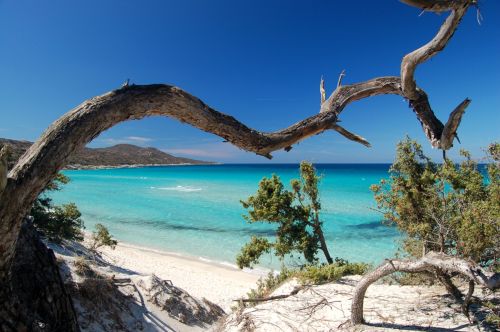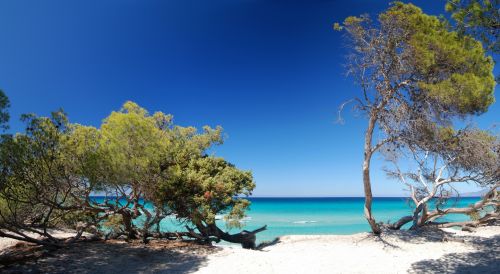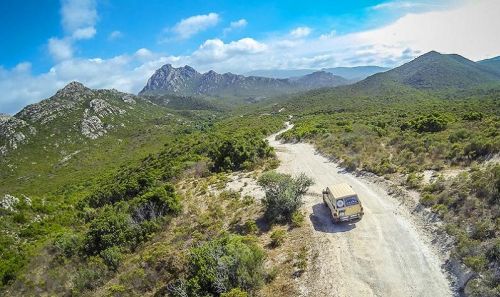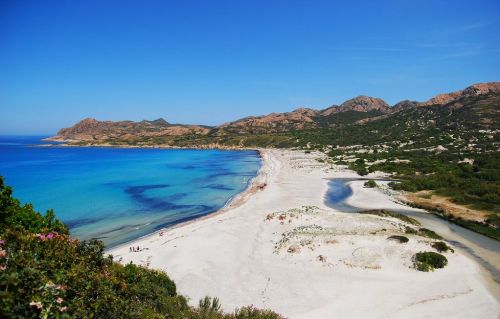The team of the Sole mare hotel welcomes you to its wonderful Corsican region , The Balagne.
We have at your disposal many itineraries and other walks that you can enjoy during your stay with us in Calvi.
You will discover our wonderful historical, natural and cultural heritage.
We wish you to appreciate all these landscapes and sumptuous panoramas as well as the Corsican craftsmen who make Corsica so authentic!
>> Map of Calvi & Balagne <<
>> Good Addresses <<
>> Hiking - Calvi Surroundings <<
We have at your disposal many itineraries and other walks that you can enjoy during your stay with us in Calvi.
You will discover our wonderful historical, natural and cultural heritage.
We wish you to appreciate all these landscapes and sumptuous panoramas as well as the Corsican craftsmen who make Corsica so authentic!
>> Map of Calvi & Balagne <<
>> Good Addresses <<
>> Hiking - Calvi Surroundings <<
